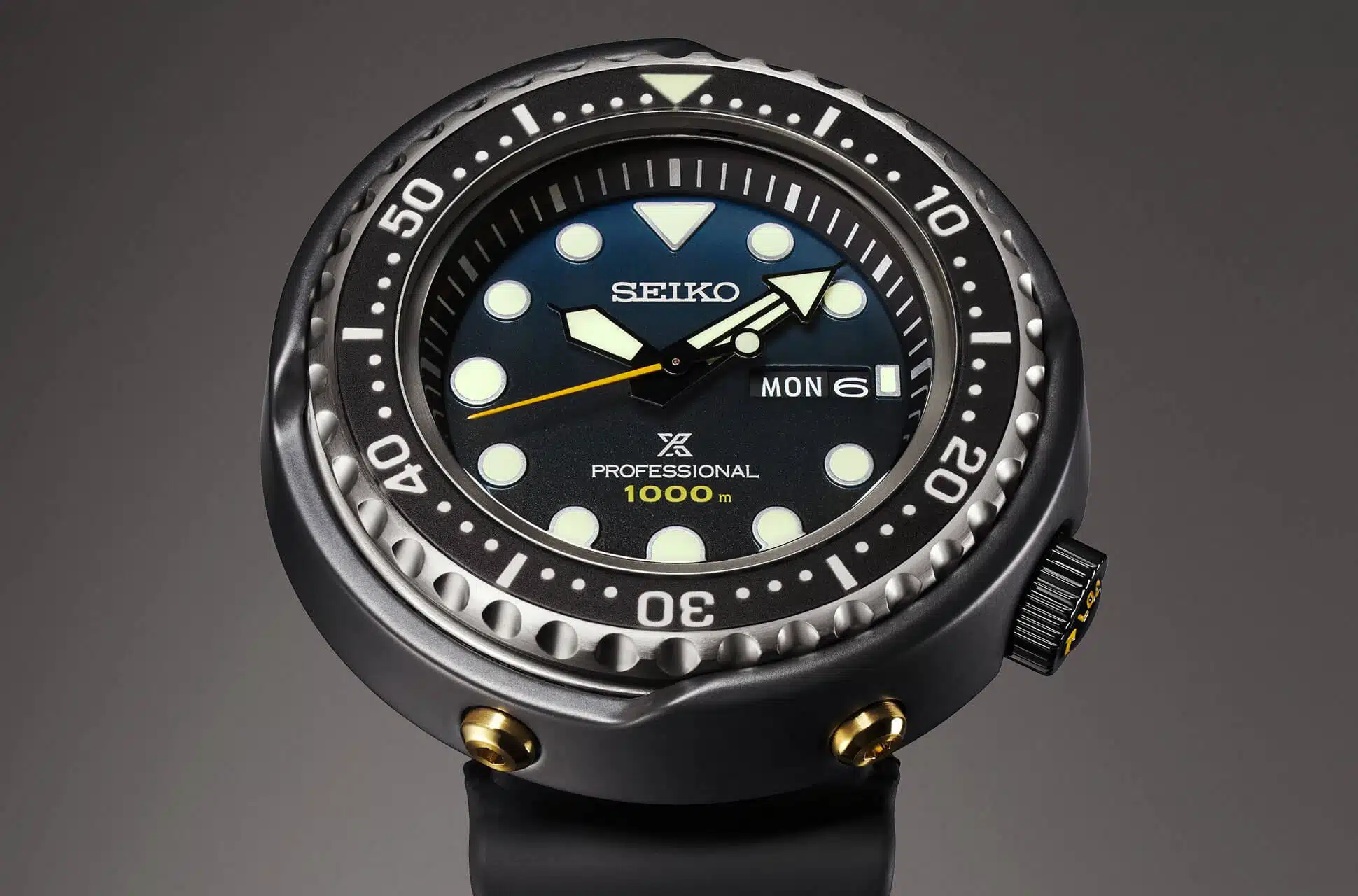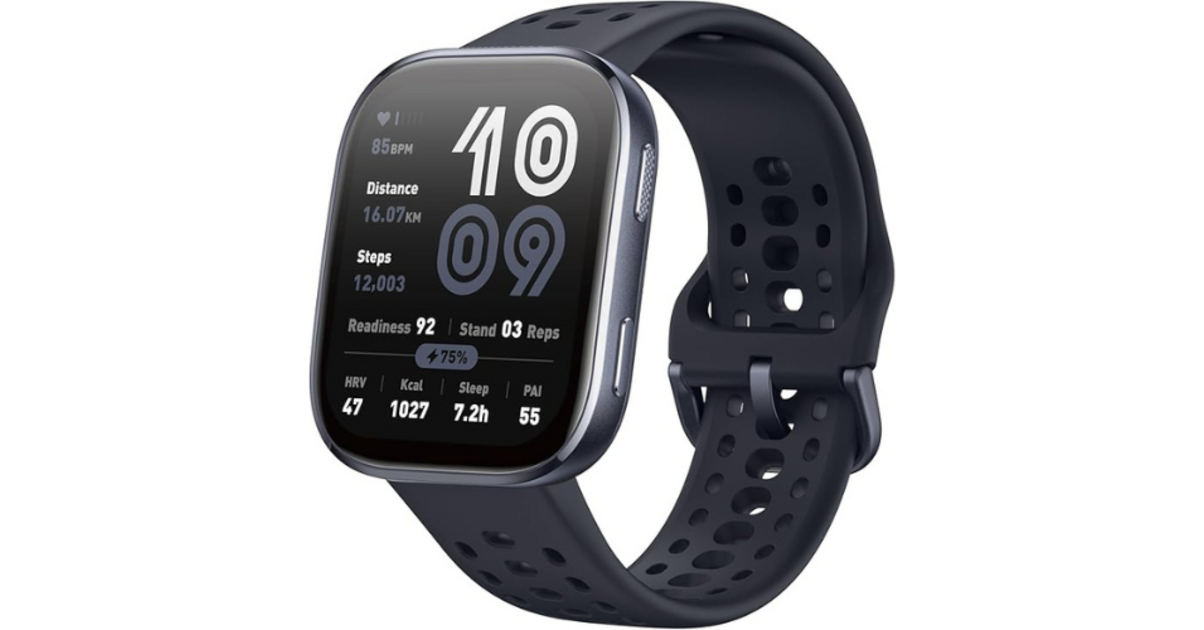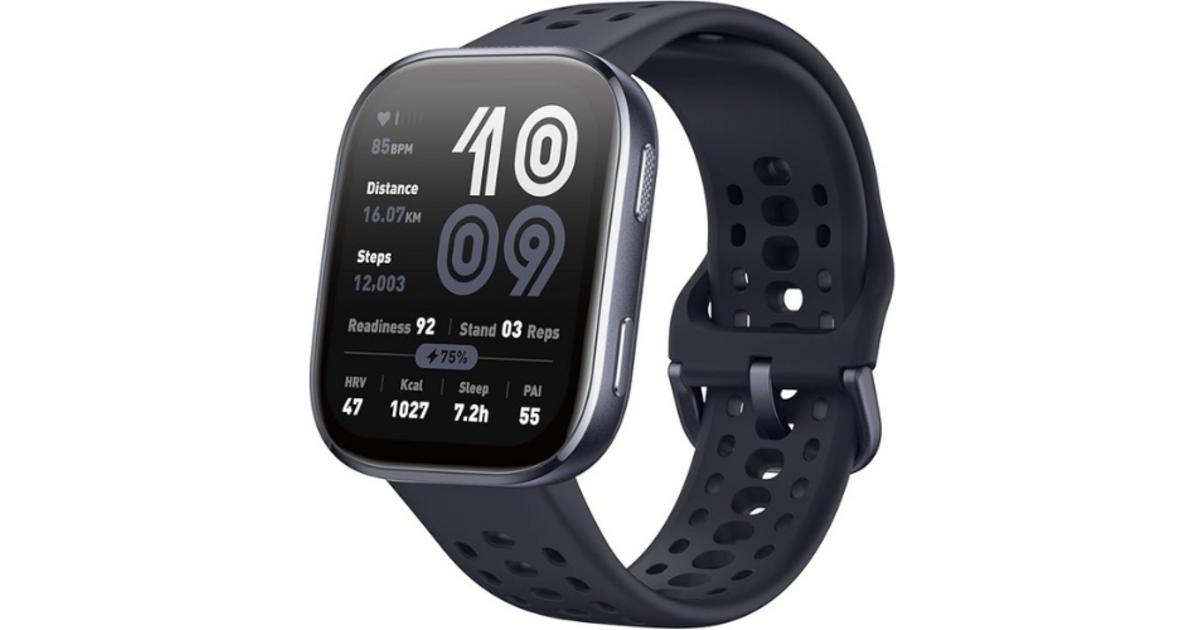Table of Contents
Festina, cycling and a double-edged sporting image
Official timekeeper of the Tour de France
From 1992, Festina became official timekeeper of the Tour de France, a role it held until 2016. Add to that the sponsorship of a pro team (the Festina team, active from 1989 to 2001), and you obtain a massive presence on the roads and on TV. For the sporting image, this is a monumental boost.
There, the “logical yes” is simple: you see the brand at each stage, you associate it with the time, with performance, with endurance. Result, in the minds of the general public, Festina = reliable sports watch / chronograph. Even if, behind the scenes, the movements remain rather classic (mostly quartz, with largely outsourced production).
The Festina Affair: scandal… and paradoxical consolidation
1998, Festina Affair: massive doping scandal, the team is excluded from the Tour. The image takes a hit, obviously. But in the long term, something curious happens: the name Festina remains firmly associated with cycling, with performance, with extreme effort, even if it is through a dark episode.
Is it ideal for communication? No. Does that erase the sporting dimension? No way. On the contrary, the brand remains stuck to the history of modern cycling, for better and for worse. And that, at the level of perceived DNA, matters.
Festina sports watches: in the field
When you wear a cycling or racing-inspired Festina chrono, you clearly feel the intention: large pushers, marked bezel, multi-counter dial. We are more in the “sport lifestyle watch” register than in the pure tool-watch. It shows, it shines, it speaks to someone who wants a dynamic look without blowing their budget.
If you want a selection that is truly oriented towards sports use and worn on the wrist, you can how to recognize a real, original Festina watch to avoid counterfeits which completely ruin the experience.
What Festina represents for the buyer today
A volume brand, not a prestigious manufacturer
Let’s be clear: Festina is not a fine watchmaking manufacturer. Production is mainly quartz-oriented, with manufacturing largely outsourced (particularly in Asia), even if the group maintains industrial capacities in Switzerland for certain “Swiss Made” lines. That’s the basis.
But that doesn’t mean “bad product”. That just means: it’s not made to pander to purists. It is designed for someone who wants a watch that is stylish, reliable, at a reasonable price. No more, no less.
For whom does Festina make sense in 2025?
Festina makes sense if:
- you are looking for a stylish watch, more sporty or sport-chic, without a crazy budget;
- you want a brand with a real history, not a logo invented yesterday for a dropshipping site;
- you accept that it is volume watchmaking, not an object of watchmaking art.
If, on the other hand, you want a mechanical Swiss watch, with a chiseled finish, with an in-house movement, Festina is not the right choice. That’s a bad idea. You have to look elsewhere, at more specialized brands.
Shopping experience: stores, sites, pitfalls to avoid
In practice, Festina watches are found everywhere: city center jewelry stores, specialized chains, e-commerce sites, marketplaces. The advantage: you can try it easily, compare case sizes, play with dial reflections to see if it fits your wrist and your style.
The trap is false good deals on obscure “discount” sites, with unrealistic discounts. When the price is too good to be true, it is. If you want to secure your purchase, I advise you to start with reliable selections such as discovering my top 10 men’s Festina watches and then checking the consistency of prices among the resellers.





